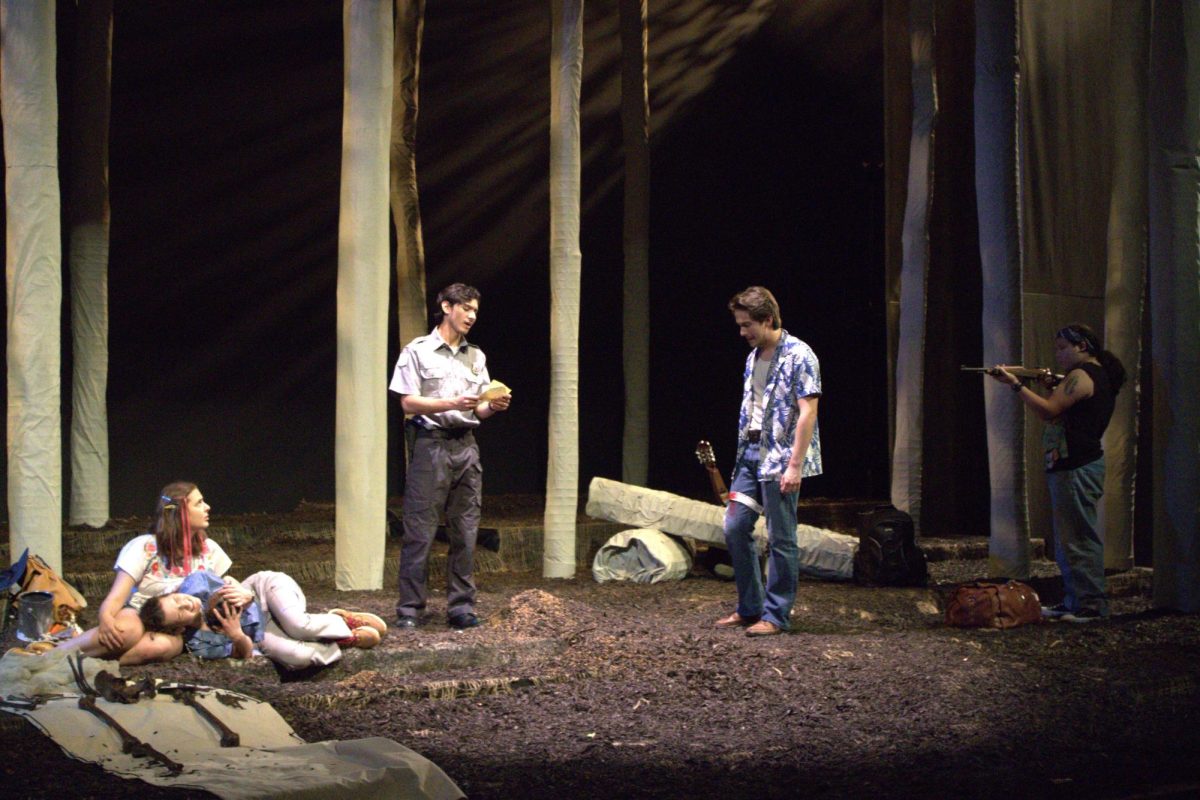On Feb. 26, Warner Bros. Pictures released the official trailer for Kevin Costner’s epic Western “Horizon: An American Saga,” set to be released in theaters later this year. However, the film is actually a two-parter, with “Chapter 1” and “Chapter 2” being released in June and August, respectively. If that wasn’t enough, Costner has stated on multiple occasions that “Horizon” is meant to be a four-film series telling one interconnected story.
This demonstrates that multi-part films have become more popular in recent years, with multiple recent films being released in this format, whether it be in theaters or streaming. However, films that have attempted to tell a unified, multi-part story have fallen flat for a multitude of reasons.
Out of all of the two-part films that have come out in recent years, Denis Villeneuve’s “Dune” films have been the most acclaimed and popular. As much as I love both films (particularly “Dune: Part Two”), they aren’t the best standalone films. Since the duology is an adaptation of one book, the end of the first film doesn’t feel satisfying in terms of a regular narrative. If anything, “Dune: Part One” is just two-and-a-half hours of buildup for “Part Two.” However, when put together as a five-and-a-half-hour-long epic, Villeneuve’s “Dune” films tell a sprawling story with a relatively normal narrative structure.
Interestingly enough, I would say that Andy Muschietti’s two-part adaptation of “It” was almost the exact opposite for me, with the films working better as stand-alone entries instead of one unified story. Part of this is due to some narrative continuity errors that were introduced in “It Chapter Two.” While they might not sound that bad on paper, they, unfortunately, make the overall story feel like it wasn’t properly planned out — which does make sense considering that the films were not written or shot back-to-back like many two-parters. If Muschietti had been able to do that, this wouldn’t have been that big of a deal. But as it stands, the unified story doesn’t seem as methodical or cohesive as it should be.
Another issue that filmmakers can run into when making multi-part films is a perceived lack of purpose. “It” is a massive tome of a novel, so capturing the story with two films was the right way to go (even if I found the execution to be a bit lacking). While the second part of Zack Snyder’s “Rebel Moon” duology doesn’t release on Netflix until mid-April, it’s safe to say that this multi-part story does not justify its length at all. “Rebel Moon – Part One: A Child of Fire,” like 2021’s “Dune,” felt like a set-up for the second half of the story. But despite being half an hour shorter, “Rebel Moon” was significantly slower and worse as a whole — probably because the entire second act of the film is essentially the exact same scene repeated four times over for about half an hour. It’s genuinely some of the laziest storytelling I have seen in recent years, so I’m not entirely sure why I should care about “Part Two —The Scargiver.”
In my opinion, Quentin Tarantino’s “Kill Bill” is a perfect example of a multi-part film done right. Both films have excellent writing, creative visuals and a unique style that feels like a cross between blaxploitation, samurai movies, Westerns and martial arts cinema. Not only that, but it helps that both movies are able to tell a singular story while also working quite well as two individual films. I remember watching “Volume 1” when I was 13 (which was way too young) and immediately starting the second film, and I can only imagine the excitement audiences felt when these movies were released in 2003 and 2004.“Rebel Moon,” on the other hand, left me feeling numb.
All in all, multi-part films are a massive gamble. Not only does each film have to work as an individual product, but every part needs to also come together as a satisfying story. While there are quite a few movies that make this storytelling gimmick worth it, there are also movies like “Rebel Moon” that make you wonder why they even bothered.









